Three years is like a millennium in the mountain biking world. Heck, even a year can see changes that will make you think that new bike you just purchased is now a relic, consigned to TradeMe where you’ll struggle to get back half of what you paid for it. But is it really the case? Should an extra few mm here, or a degree or two there, really mean your bike is unrideable and you need to get down to the LBS pronto? Well if you believe the hype machines that are marketing departments and product-driven websites yes, but if you live in the real world, not so much. Most of us, by necessity rather than choice, live in the real world.

My Turner Burner was purchased as a frameset in late 2013, and has been a constant platform for testing a large array of products in the three years since. While its aluminium frame is probably seen as old-school in these carbonified days, it’s stood up to a lot of abuse, too many trips off the side of trails, and being left uncleaned for weeks on end. It’s solid, reliable and handles as well as it it did the first rides… because if something works, it works. 67º head angles may now be considered steep by some, but unless you’re racing EWS-esque stages it’s spot-on for trail riding and the bike’s handling characteristics are predictable and stable, just like Turners have always been really. With the fork set at 160mm it slackens it out a little more, so it’s probably closer to 66.5º. Whatever, it works good!
At the heart of the Burner is the trusty DW Link suspension, still one of the best performing platforms out there, providing a trail-friendly 140mm of travel. Renown for its pedalling efficiency, I never need to flick the Fox Float’s lever to trail or lockout mode, so well does it isolate pedalling forces. The shock itself has had one service and is still plush and stiction-free thanks to the durable Kashima coating. I’ve never once thought “I need a remote reservoir” or “this thing doesn’t go up and down quite right.” It goes up and down good.
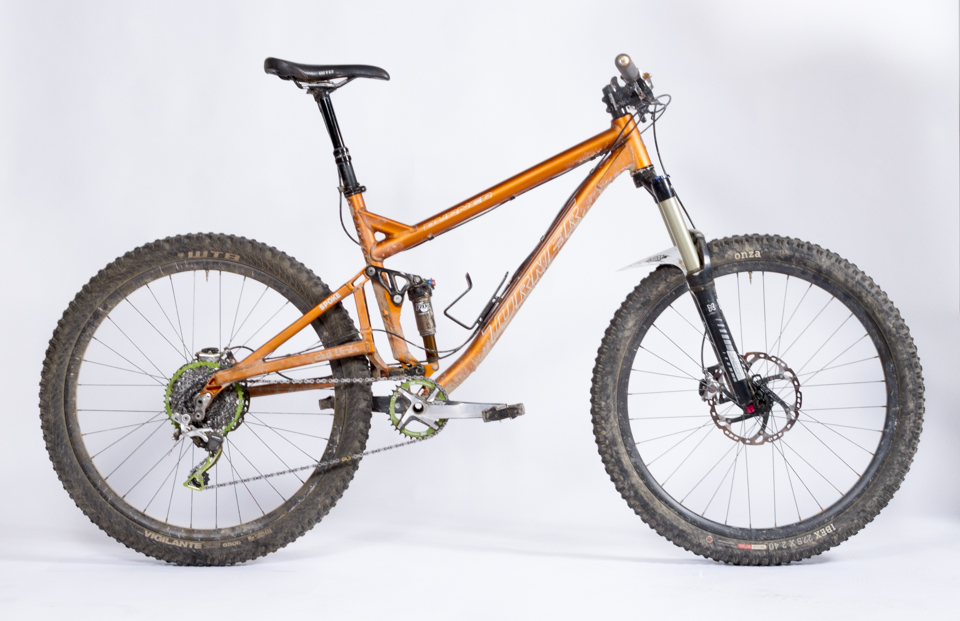
The other new trend of longer top tubes isn’t really applicable here either, but the 24 inch TT of the large frame is still roomy enough for my 6’0″ height and doesn’t feel cramped at all when paired with a 50mm stem. The sloping top tube is plenty low, another buzzword we see thrown around a lot these days, with great standover providing a low centre of gravity and super-stable handling.
Welds and CNC machining aren’t very common these days, and that’s just fine by me. A bit of old-school craftsmanship never goes out of style in my book, and if it works then it’s good tech. Straight tubes make for clean lines, and the anodized finish is tough as nails and has nary a scratch. Journal bearings may have fallen out of favour, even with Turner now, but a bit of maintenance with the grease ports now and then and replacement after a couple years means the suspension just keeps on working.
The drivetrain has constantly changed throughout the three years. Originally the 10 speed setup ran a non-clutch XTR mech with a 30t Revolution Components ring up front (with no guide), which only dropped the chain twice, both times in races. That was enough to prompt a move to an XT clutched mid cage, fitted with a OneUp RAD cage. Their 42t expander cog then added some more range along with a 32t round ring.

Now I’m running an 11 speed 11-46 XT cassette and XT mech, giving a huge range of gears, with an oval 32t OneUp ring and mini-guide ensuring no dropped chains ever.

With no internal routing (a bonus in my book, I hate fiddling with hoses and cables) a KS Lev was the logical choice, with its no cable movement when the post is lowered. I had run a Reverb with the hose running to the head for a good while, but it had seen better days and the Lev’s longer 150mm drop was a welcome addition.
WTB’s Volt saddle is a comfortable perch and while it’s copped a bit of abuse, the rips in it have never gotten any bigger, so I’m happy with that. A new Volt will be replacing this whenever it dies, which could be a long time yet!
While lock-ons are the grip du jour, I’ve always loved the ESI silicon grips, and these are only my second pair in about eight years. The originals are still in service on a beater bike, with only a few small gouges. For something so simple and comfortable, they are impressively durable.
Hope Pro 2 EVO hubs. Say no more. Except holy shit they are some of the most reliable bits of bike kit ever. These have been laced into about three sets of wheels, and the bearings are still original and smooth as silk.
35mm internal width Nextie carbon rims, 32 double butted DT spokes and shod with Maxxis Minion WT 2.4 and 2.5 tyres. Who needs Plus when you can go this wide and chunky on a standard platform of 100mm front and 142×12 rear spacing? Not I. A stiff, reliable, big and chunky wheelset for not many beans. Originally I ran WTB i23 alloy rims without any issues, but then got sucked into the wide rim vortex and haven’t wanted to escape.
There’s a tonne of clearance at the back for the big rubber, with heaps of room around the Wide Trail 2.4 Minion. I’m keen to see how a 2.8 goes as well, I reckon it won’t have a problem fitting in and giving me a Plus bike without buying a Plus bike.
Other really great rubber has graced the bike, like Onza’s Ibex 2.4s (large volume casings and super chunky tread) and WTB’s Vigilante 2.3 (ditto, big volume, sticks like sick to a blanket and roll great for big treads). I’m a firm believer in these type of big, meaty tyres for most trail surfaces and conditions, as grip trumps fast rolling any day.
My Shimano XTR cranks are going on five or six years old, are beaten to a pulp but keep on spinning and taking rock hits like a champ. Simplicity is my thing, so a standard BSA bottom bracket is always on the list of must-haves. I went to flat pedals over a year ago, and have only occasionally switched back to clipless. The Specialized Boomslangs are hellishly grippy, and I’ve managed to keep all the skin on my shins so far and they have retained all their pins despite the best efforts of rocks and hamfisted riding.
Bars and stem have been swapped a few times for testing purposes, and I’m back to the 35mm RaceFace SixC carbon bars at 770mm wide, clamped by a 50mm Atlas stem. I was also impressed by the Box Components 35mm cockpit which I ran for a while. That Cane Creek 44 headset hasn’t missed a beat either.
The Specialized SWAT chainbreaker/headset cap is a cool way to minimise the amount of crap to carry in your pack, but hasn’t needed to be put into action on the trail, but a few test runs in the workshop show that it will get you out of trouble. It also holds a joining link in there, neat.
The KS Southpaw lever is a worthwhile upgrade for the LEV post, operating in place of and like a front shifter… ergonomic and natural feeling. The bell comes in handy for politely warning walkers to get the hell out of my way that mountain bike trails or jump lines aren’t necessarily the best place to be pushing a pram or walking a dog.
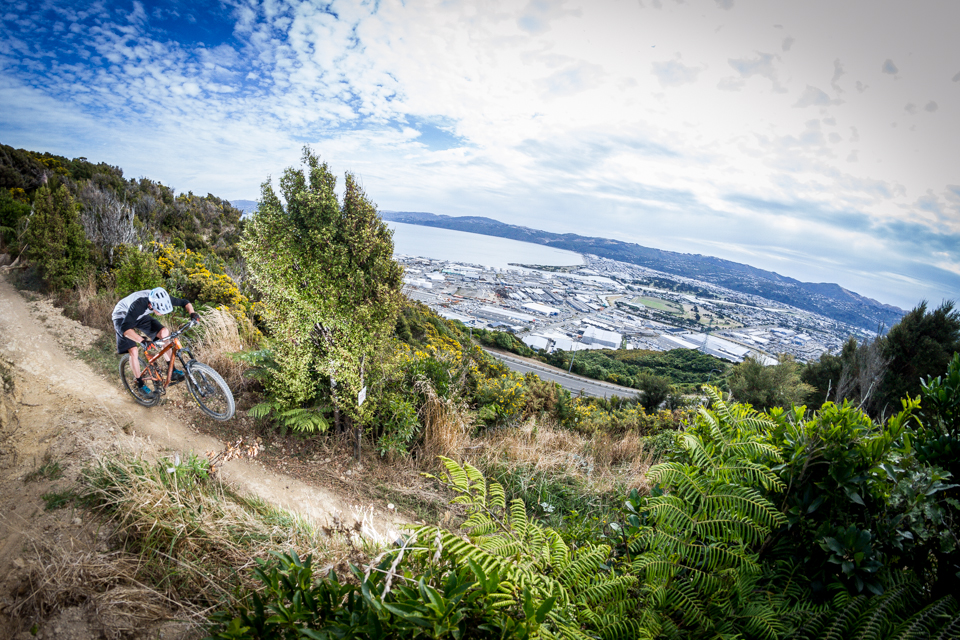
The Burner was a great bike when I got it, it allowed me to ride faster and I felt at home on it straight away, and it feels exactly the same every time I ride it now. With a little bit of a renaissance of shorter travel trail bikes happening, it’s like it’s time has come around again, even though it never really went away. Turner owners are typically loyal to the brand, and I can see why, as while their bikes may lack in flash and buzzword features, they do what a bike is supposed to do; put a smile on your face and keep doing it year after year.
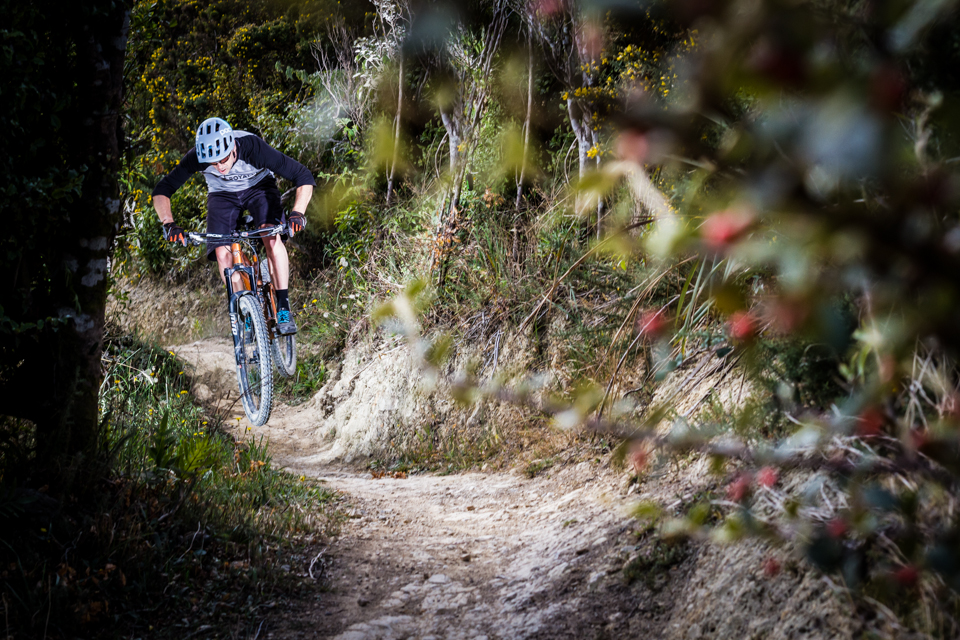





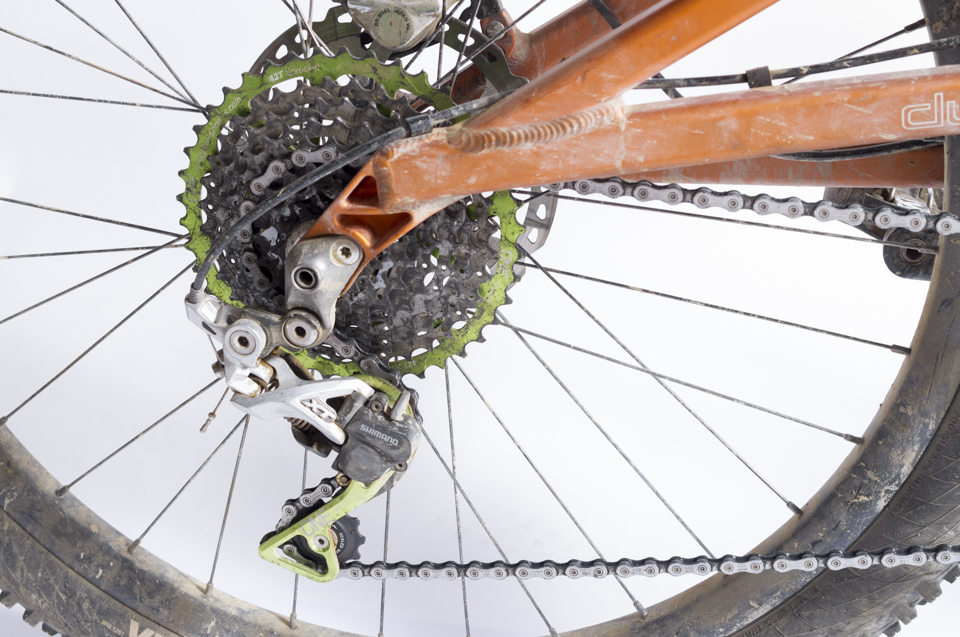




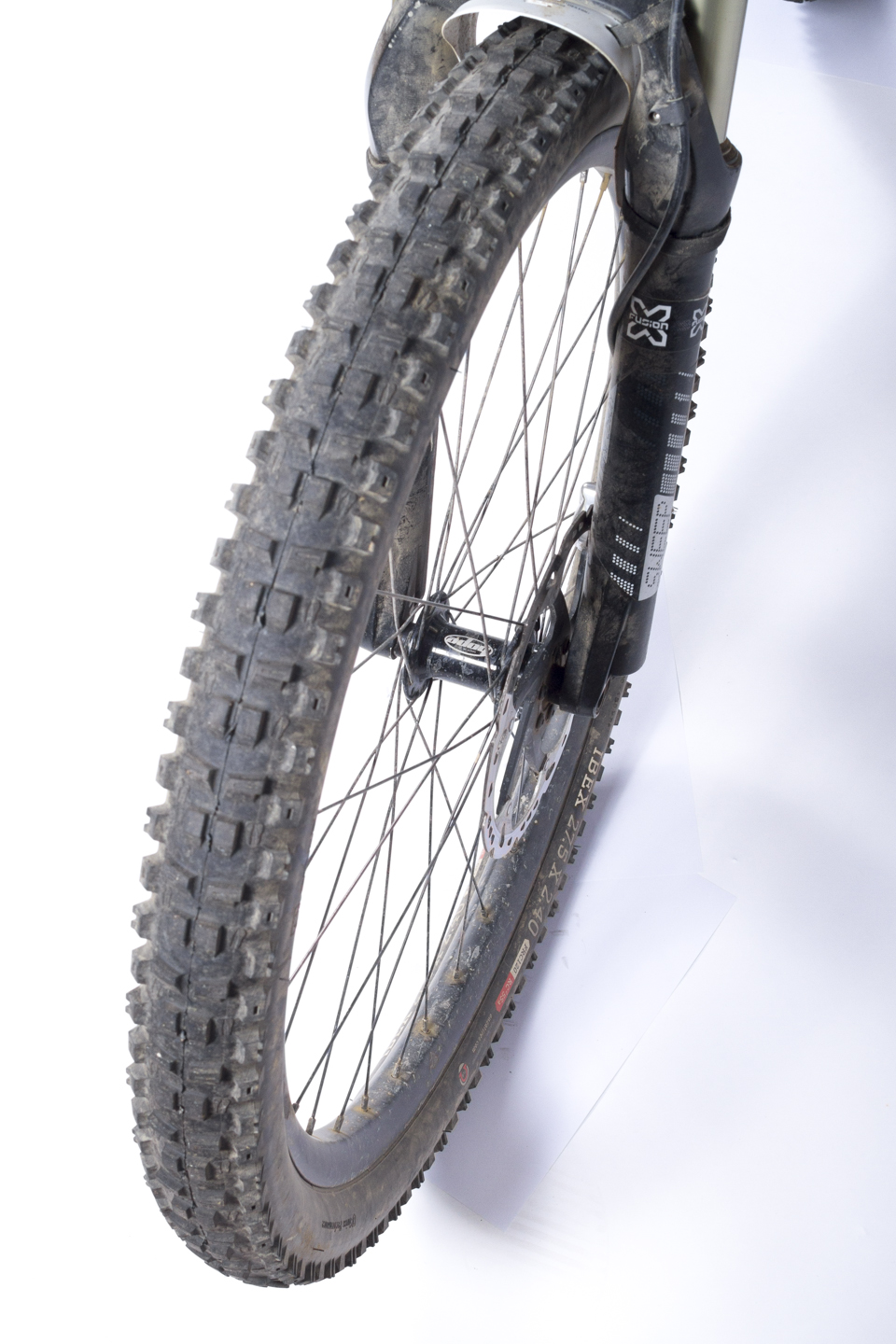



Leave a Reply